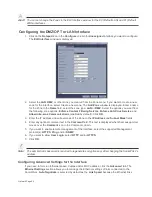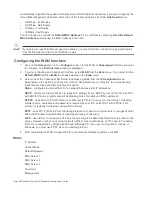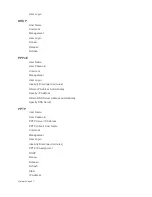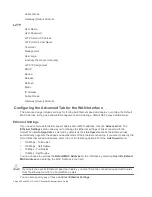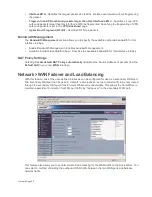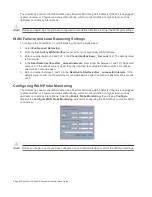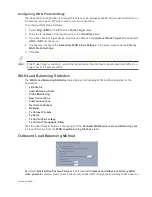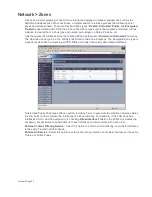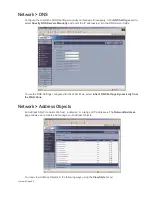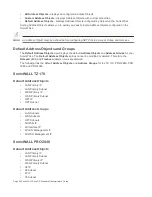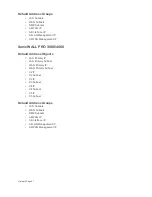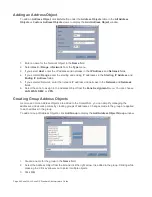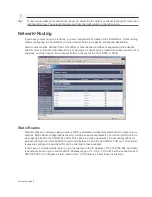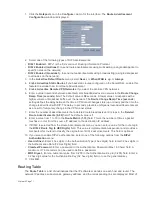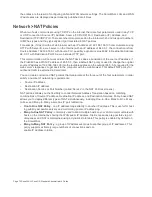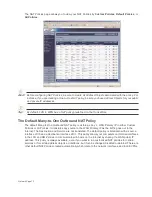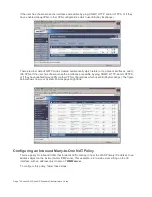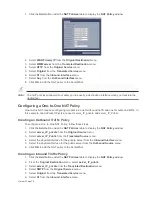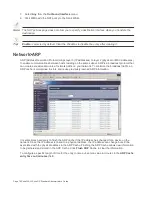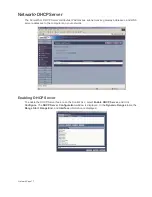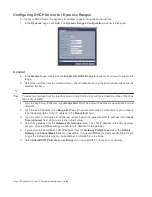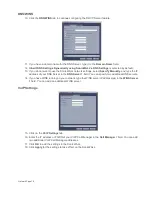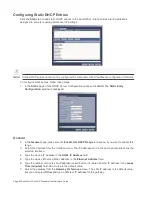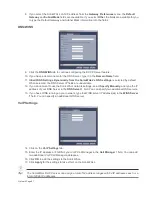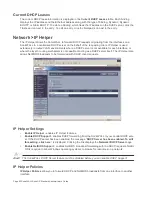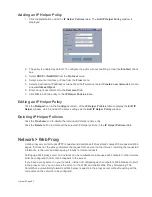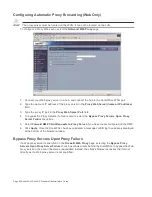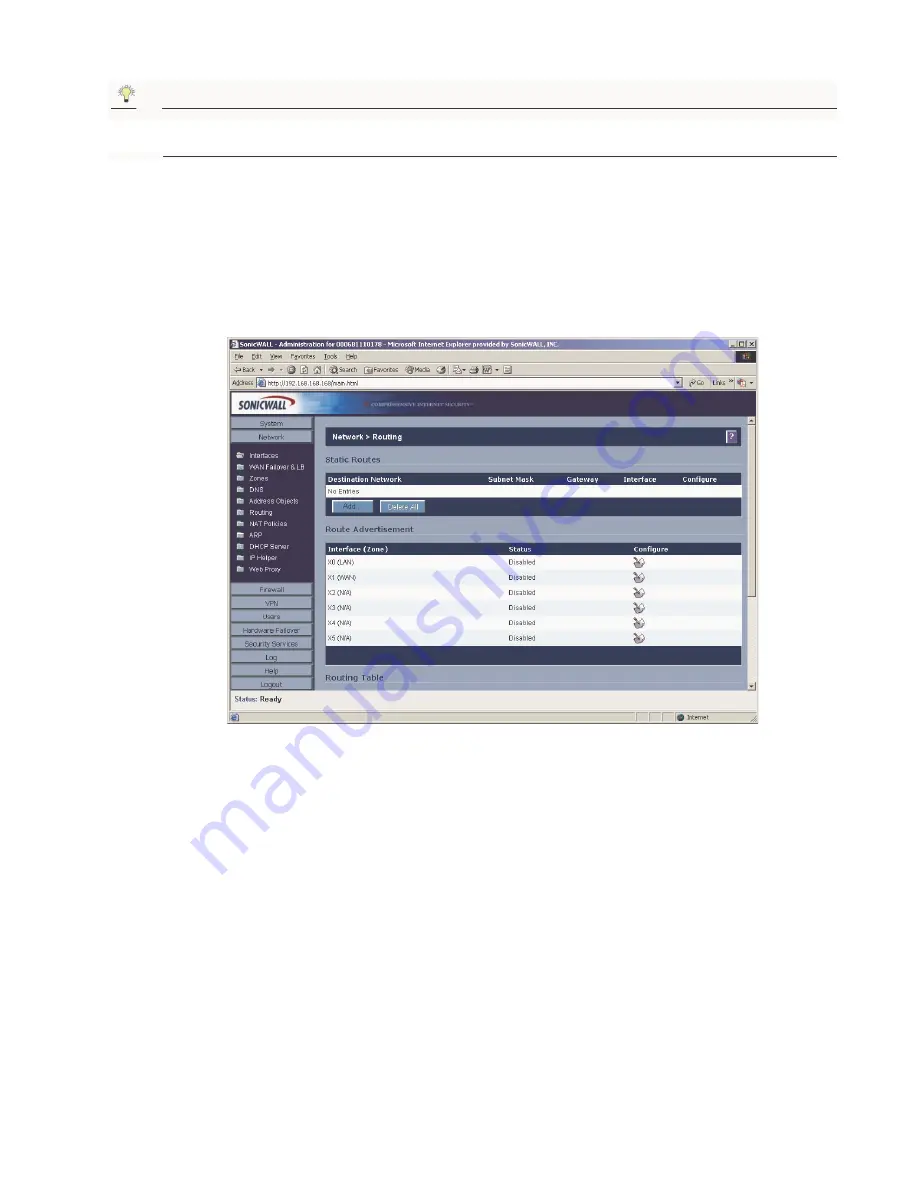
Network Page 69
Tip!
To remove an address or subnet from the group, select the IP address or subnet in the right column and
click the left arrow. The selected item moves from the right column to the left column.
Network>Routing
If you have routers on your interfaces, you can configure static routes on the SonicWALL. Static routing
means configuring the SonicWALL to route network traffic to a specific, predefined destination.
Static routes must be defined if the LAN, WAN, or other defined interface is segmented into subnets,
either for size or practical considerations. For example, a subnet can be created to isolate a section of a
company, such as finance, from network traffic on the rest of the LAN, DMZ, or WAN.
Static Routes
Static Routes are configured when network traffic is directed to subnets located behind routers on your
network. Static Route configurations allow for multiple subnets separated by an internal (LAN) router to
be supported behind the SonicWALL LAN. This option is only be used when the secondary subnet is
accessed through an internal (LAN) router that is between it and the SonicWALL LAN port. Once static
routes are configured, network traffic can be directed to these subnets.
If you have an Internal (LAN) router on your network with the IP address of 192.168.168.254, and there
is another subnet on your network with IP address range of 10.0.5.0 - 10.0.5.254 with a subnet mask of
255.255.255.0. To configure a static route to the 10.0.5.0 subnet, follow these instructions:
Summary of Contents for SonicOS Enhanced 2.2
Page 19: ...Page 6 SonicWALL SonicOS Standard Administrator s Guide...
Page 45: ...Page 32 SonicWALL SonicOS Standard Administrator s Guide...
Page 65: ...Page 52 SonicWALL SonicOS Standard Administrator s Guide...
Page 141: ...Page 128 SonicWALL SonicOS Standard Administrator s Guide...
Page 185: ...Page 172 SonicWALL SonicOS Standard Administrator s Guide...
Page 188: ...Page 175...
Page 189: ...Page 176 SonicWALL SonicOS Enhanced Administrator s Guide...

